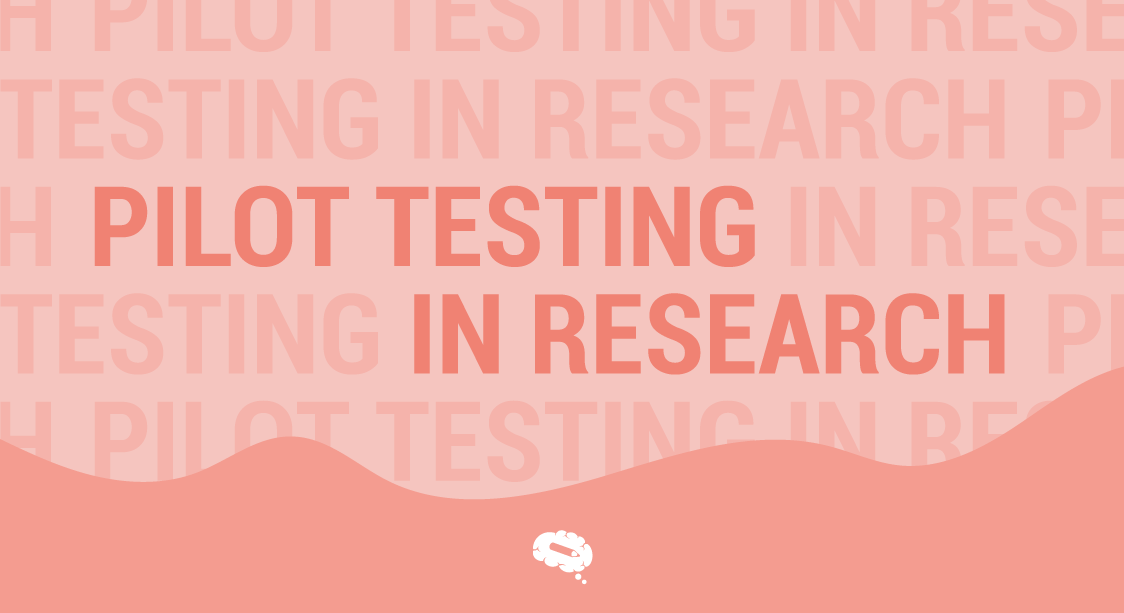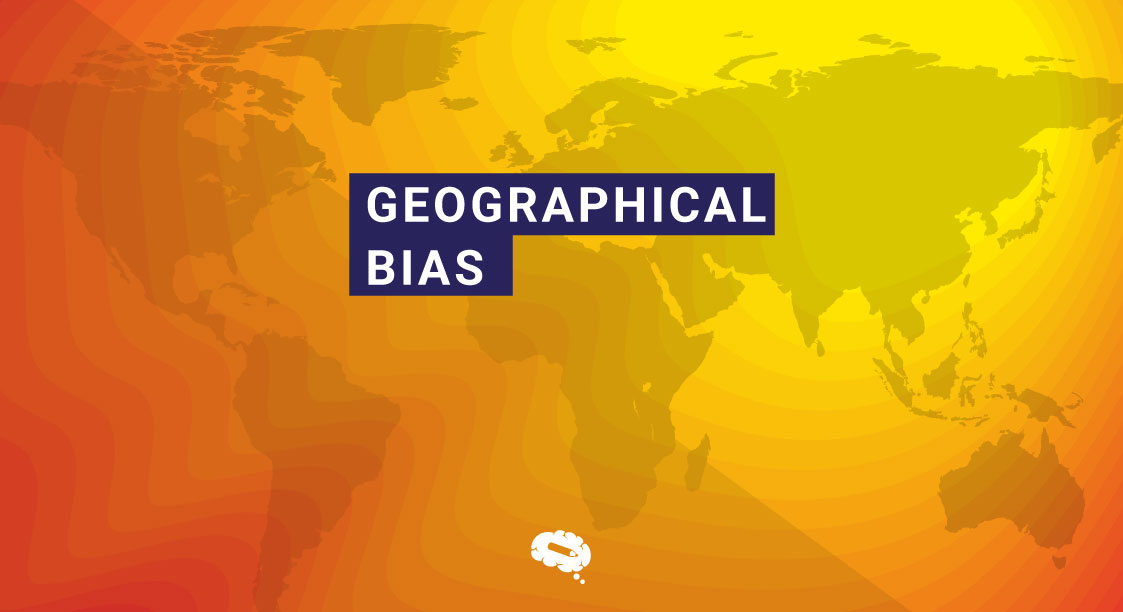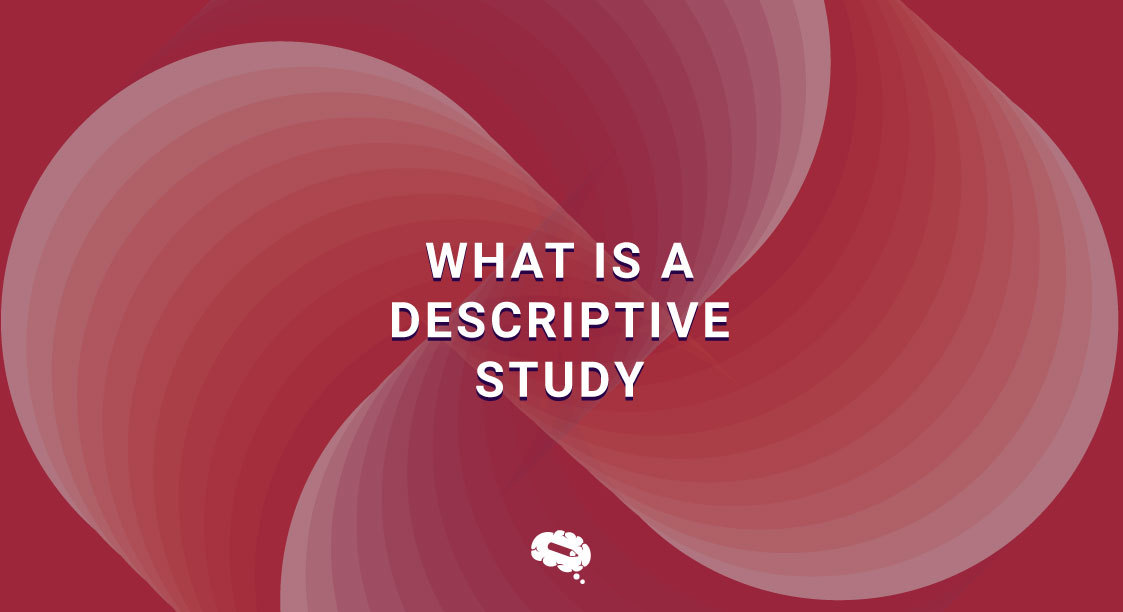Pilot testing is a critical step in the research process that involves testing the study design, procedures, and instruments on a small scale before conducting the main study. In this way, pilot testing helps researchers identify potential problems and refine study procedures, leading to more effective and efficient research. This article provides an overview of pilot testing in research, including its objectives, benefits, and how to conduct a pilot study. By understanding the importance of pilot testing, researchers can ensure that their research studies are conducted with a high degree of rigor, leading to more valid and reliable results.
What is Pilot Testing?
Pilot testing in research is a preliminary test of a research study or experiment to evaluate its feasibility and identify any potential problems or issues before the main study is conducted. The purpose of pilot testing is to test the procedures, methods, and instruments used in the study and make any necessary adjustments before the actual data collection.
Pilot testing helps researchers identify and address potential sources of error, such as ambiguous questions, confusing instructions, or unforeseen logistical issues. By conducting a pilot test, researchers can identify problems early on and make any necessary adjustments to improve the quality and accuracy of the data.
Pilot testing is particularly important in complex studies involving multiple variables or techniques, as it allows researchers to fine-tune their methods and ensure that the study will be successful.
Uses of Pilot Studies
Here are some common uses of pilot studies:
To assess feasibility: Pilot studies can be used to assess the feasibility of conducting a larger study by identifying any potential challenges or limitations that may arise during the study, such as difficulties in recruitment, retention, or data collection.
To refine the study protocol: Pilot studies can help researchers refine the study protocol and procedures, such as the study design, data collection instruments, and analytical methods, to ensure that the study is efficient, effective, and feasible.
To test interventions: Pilot studies can be used to test the feasibility and effectiveness of an intervention or treatment before conducting a larger, more definitive trial. This can help researchers identify any potential problems or issues with the intervention and make necessary modifications or adjustments before conducting a larger study.
To evaluate measurement tools: Pilot studies can be used to evaluate the reliability and validity of measurement tools, such as surveys or questionnaires, before using them in a larger study. This can help ensure that the data collected is accurate and reliable.
Misuses of Pilot Studies
Pilot studies can be misused if they are not designed and executed carefully and with appropriate caution. Researchers must ensure that the results of pilot studies are interpreted and applied appropriately and that the pilot study is not viewed as a substitute for a well-designed main study. They can be misused in several ways:
Overgeneralization: Researchers may overgeneralize the results of a pilot study and assume that the same findings will apply to the main study or other populations, without sufficient evidence to support such claims.
Underestimation: Researchers may underestimate the complexity or scope of the main study based on the results of a pilot study, leading to inadequate planning and resources for the main study.
Inadequate sample size: Pilot studies may have inadequate sample sizes, leading to imprecise estimates of variability or effect sizes, or a lack of statistical power to detect meaningful differences.
Non-representative samples: Pilot studies may use non-representative samples that do not reflect the population of interest, leading to biased estimates or inaccurate generalizations.
Lack of rigor: Pilot studies may lack the rigor and attention to detail required for a full-scale study, leading to poor data quality or incorrect conclusions.
Confusing preliminary results with definitive results: Pilot studies may be viewed as definitive, rather than preliminary, leading to inappropriate conclusions or decisions based on incomplete or untested data.
Objectives of Pilot Testing
The objectives of pilot testing can vary depending on the specific research study or intervention, but some common objectives include:
Testing feasibility
One of the primary objectives of pilot testing is to test the feasibility of a research study or intervention. This includes assessing whether the study can be conducted within the proposed timeline and budget, whether the recruitment and retention of participants are feasible, and whether the data collection procedures are practical and efficient.
Read our content blog about “From Idea to Innovation: What Is a Feasibility Study In Research“.
Identifying problems
Another objective of pilot testing is to identify potential problems or issues with the study design or procedures. This includes identifying confusing or ambiguous questions or instructions, technical issues with the instruments or equipment, or logistical difficulties.
Refining methods
Pilot testing can help researchers refine their methods, including the instruments used for data collection, the sampling strategy, and the data analysis plan.
Estimating sample size
Pilot testing can help to estimate the sample size needed for the main study, based on the variability observed in the pilot data.
Providing preliminary data
Pilot testing can provide preliminary data that can be used to inform the main study or to generate hypotheses for future research.
6 Steps on How to Do Pilot Testing
The process of conducting a pilot test may vary depending on the specific research study or intervention, but here are some general steps to follow:
Step 1 – Develop a pilot test plan
Before conducting the pilot test, it is important to develop a plan outlining the objectives, procedures, and expected outcomes of the pilot test.
Step 2 – Select participants
Determine the sample size and selection criteria for the pilot test participants. This may involve recruiting a diverse group of participants that reflect the characteristics of the target population for the main study.
Step 3 – Conduct the pilot test
Administer the study procedures, instruments, and interventions to the pilot test participants, making any necessary adjustments or modifications along the way.
Step 4 – Collect data
Collect data on the feasibility, acceptability, and effectiveness of the study procedures, instruments, and interventions, as well as any problems or issues that arise.
Step 5 – Analyze the data
Analyze the pilot test data to identify any problems or issues, refine the study procedures, and estimate the sample size needed for the main study.
Step 6 – Report the results
Report the pilot test results, including any modifications made to the study procedures, instruments, or interventions, and any lessons learned during the pilot testing process.
Steps After Evaluation of Pilot Testing
After the evaluation of a pilot test, the following steps can be taken:
Identify potential risks
Based on the findings of the pilot test, identify any potential risks or issues that could arise during the larger study. These could include problems with recruitment, retention, data collection, or the intervention itself. Take steps to mitigate these risks and develop contingency plans to address any issues that may arise.
Analyze pilot results
Analyze the results of the pilot test to determine the feasibility of continuing with the larger study. Assess whether the intervention was effective and whether any modifications are needed to improve the intervention or study design.
Develop data collection and analysis methods
Based on the pilot test results, refine the data collection and analysis methods for the larger study. This may involve making changes to data collection instruments or analytical methods to ensure that they are effective, reliable, and feasible.
Make changes to the intervention
Make any necessary modifications or adjustments to the intervention. This may involve changes to the intervention protocol, materials, or delivery methods to improve effectiveness and feasibility.
Develop a detailed study protocol
Develop a detailed study protocol that includes all of the necessary elements for conducting the larger study, including the study design, data collection, and analysis methods, and procedures for recruitment and retention.
Benefits of Pilot Testing
Pilot testing offers several benefits in research, including:
Learn about study methods: Pilot testing provides an opportunity to learn more about the study methods, and procedures and to gain a better understanding of what the actual study will look like.
Avoid costly errors: Pilot testing can help identify any potential errors or problems that could interfere with the accuracy of the results or prevent the study from being completed successfully. By identifying these issues early, researchers can take steps to correct them before conducting the full-scale study, potentially saving time and resources.
Ensure study feasibility: Pilot testing can help ensure that the study is realistic and feasible based on current data and capabilities. This can help identify any potential challenges or limitations that may arise during the study and develop strategies to address them.
Gain early insights: Pilot testing can provide early insights into the possible results of a larger-scale study. This can help researchers refine their research questions, hypotheses, or interventions, and adjust the study design accordingly.
Unleash the Power of Infographics with Mind the Graph
Mind the Graph is an online platform designed to help scientists and researchers create high-quality scientific infographics quickly and easily. With Mind the Graph, users can choose from a wide range of customizable templates and design elements to create engaging and visually appealing infographics that communicate complex scientific concepts in a clear and accessible way. The platform offers a variety of tools to help users create infographics that are tailored to their specific needs.

Subscribe to our newsletter
Exclusive high quality content about effective visual
communication in science.






